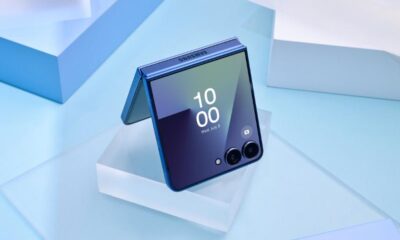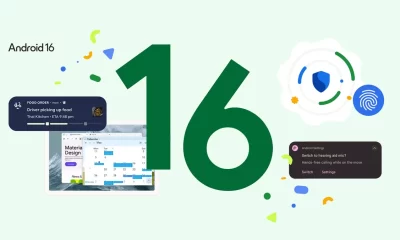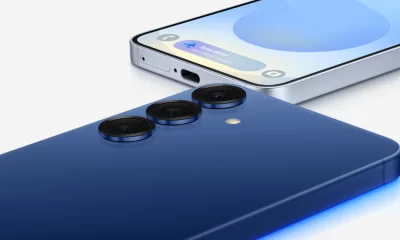News
Samsung’s Gaming Hub update and AI call protection with One UI 8.5
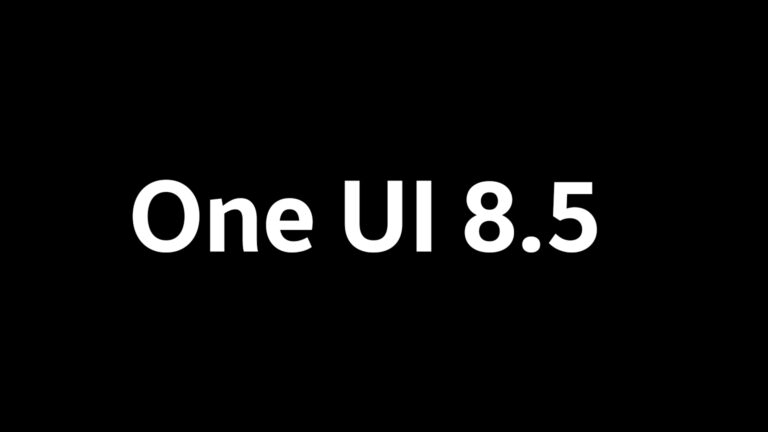
Samsung is bringing exciting updates for Galaxy users, making gaming and phone security better than ever. The company has launched a beta version of its Gaming Hub in Europe, starting with the UK and Germany.
This cloud-based platform lets users play top mobile games without needing powerful hardware or lots of memory. It offers a growing collection of popular games, and Samsung plans to make it even better with a redesigned interface later this year.
The updated design will help gamers find new titles across different genres, making the experience more fun, connected, and easy to use. Soon, more European Galaxy users will get access to this platform, bringing high-quality gaming to their devices.
On the security side, Samsung is working on a new feature for its One UI 8.5 update, expected to roll out early next year with new flagship phones. This update includes an AI-powered tool to protect users from scam calls.
Already introduced with the Galaxy Z Fold 7 and Flip 7, the feature alerts users to suspected voice phishing calls. It uses advanced AI to spot potential scams in real-time, keeping users safe from fraud.
Right now, this tool only works for outgoing calls in South Korea, but Samsung plans to expand it to incoming calls and more countries. This could make all Samsung phones safer by warning users about risky calls before they answer.
These updates show Samsung’s focus on improving both entertainment and safety for Galaxy users. The Gaming Hub makes it easy to enjoy premium games without needing expensive devices, while the AI scam protection adds a layer of security to keep users safe from phone scams.
As Samsung continues to test and expand these features, Galaxy users can look forward to a smoother, safer, and more enjoyable experience on their devices. Keep an eye on Samsung’s official channels for the latest news on these exciting developments.
News
Samsung Galaxy S25 FE and Z Flip 7: New details and a screen concern
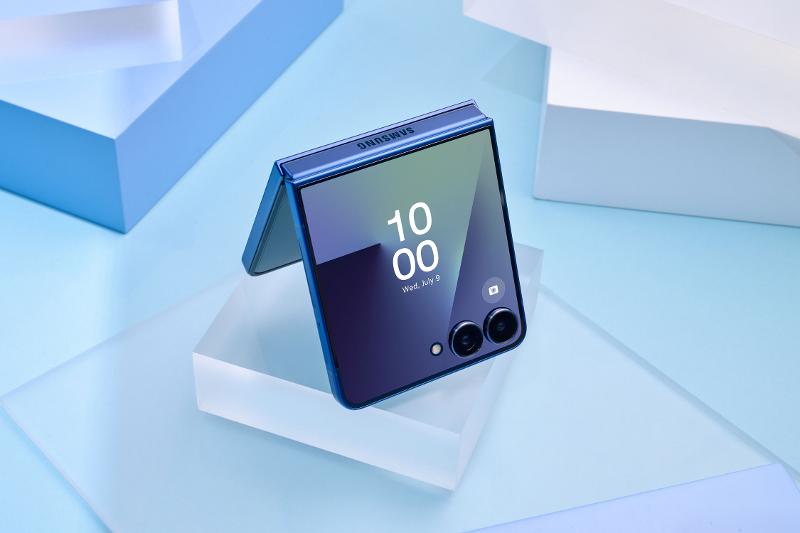
Samsung is gearing up to launch its latest budget-friendly flagship, the Galaxy S25 FE, and excitement is building around its features. According to recent leaks, this phone will sport a large 6.7-inch Dynamic AMOLED screen with a smooth 120Hz refresh rate, making scrolling and animations feel effortless.
The display is said to reach a bright 1,900 nits, perfect for clear viewing even in sunlight. Both the front and back will be protected by tough Gorilla Glass Victus+, adding durability for everyday use. Under the hood, the phone is expected to run on the Exynos 2400 processor, with a cooling system improved by 13% to keep it running smoothly during heavy tasks.
The battery is a solid 4,900mAh with fast 45W charging, ensuring quick power-ups. For photos, the S25 FE will likely have a triple-camera setup: a 50MP main camera, a 12MP ultra-wide lens, and an 8MP telephoto lens with 3x zoom, plus a 12MP front camera for selfies. It’s expected to launch with Android 16 and One UI 8, offering a modern software experience.
The phone might come in four colors—Black, Icy Blue, Navy, and White—and could hit the market in September 2025 for around €679 in Europe. On the other hand, Samsung’s Galaxy Z Flip 7, launched on July 9, 2025, has hit a snag. A user reported that their brand-new foldable developed a green line on its screen just a week after purchase.
This issue, seen on the inner display, raises concerns about the durability of Samsung’s foldable screens. While the Z Flip 7 boasts a sleek design and features like a full-view cover screen and the Exynos 2500 chip, this screen flaw could worry potential buyers.
Samsung has not yet commented officially, but this issue echoes past complaints about green lines on other models, suggesting a need for better quality control in their foldable lineup.
Switching to Google Pixel 10 made simple
Google is making it easier for iPhone users to switch to the new Pixel 10, thanks to a collaboration with Apple that simplifies transferring your phone plan. A new feature lets you move your eSIM from an iPhone to a Pixel 10 without hassle, but it only works if your iPhone is running iOS 26.
This is great news for those upgrading to the Pixel 10, which no longer has a physical SIM card slot in the US, relying entirely on eSIMs. The process is straightforward: during setup, you’ll follow on-screen prompts to transfer your eSIM, making the switch smoother than ever.
This feature might also work the other way, letting you transfer an eSIM from Android to iPhone, though Google hasn’t confirmed this yet. Expect this to roll out around the iPhone 17 launch, when iOS 26 is likely to debut.
The Pixel 10 also introduces a fresh welcome screen to guide you through setup. It’s designed to be user-friendly, walking you through connecting to Wi-Fi, transferring data, and setting up your eSIM.
This new interface aims to make getting started with your Pixel 10 quick and painless, especially for first-time Android users. Whether you’re moving from an iPhone or another Android device, the clear instructions help you get up and running without confusion.
However, pre-ordering the Pixel 10 hasn’t been smooth for everyone. Some users faced issues like canceled orders or delays in shipping. Trade-in deals have also caused frustration, with lower-than-expected values for older devices.
Additionally, Google’s new AI Pro subscription has raised concerns. It offers advanced AI features, but some worry about being locked into a paid plan to access the Pixel’s full potential, which could add up over time.
On a fun note, Google Photos now has a playful feature inspired by dating apps. You can swipe left to delete blurry or large files and swipe right to keep them, making it easier to free up storage space. This feature is currently limited to some users, but it’s a creative way to manage your photos and videos.
With these updates, Google is working to make the Pixel 10 a strong choice for iPhone switchers, though pre-order hiccups and subscription costs might give some users pause. The new setup and photo management tools add a nice touch to the experience.
Android
New features in Android 16 QPR2 beta 1 for Pixel phones
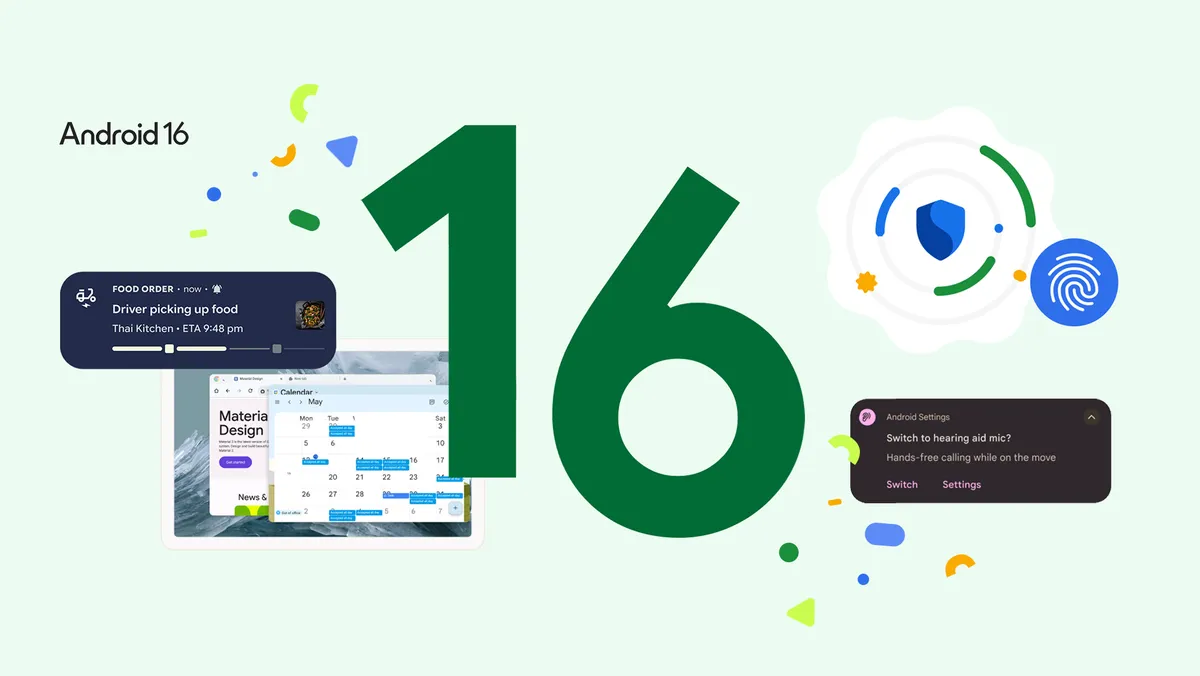
Google recently launched the Android 16 QPR2 Beta 1, giving Pixel users a sneak peek at what’s coming in the December 2025 update. This beta version brings a bunch of fresh features and improvements for Pixel devices, making them more user-friendly and customizable.
Let’s dive into what’s new, from better app visuals to handy flashlight controls and smarter display settings.One cool addition is the ability to make all app icons match your phone’s theme, even if the app doesn’t have its own themed icon. Android 16 QPR2 Beta 1 uses a special color filter to turn regular app icons into a monochrome style that fits your chosen look.
This means your home screen will look more consistent and polished, no matter what apps you use. For example, after installing the beta, all app icons on a Pixel phone automatically picked up the theme, creating a unified appearance. Another exciting feature is the option to customize the shape of app icons on your Pixel’s home screen.
Available in the August 2025 Android Canary release, this lets you pick from five different preset shapes to give your phone a personal touch. While you can’t design your own shapes yet, these options add a fun way to tweak your home screen’s style. Google might bring this feature to the QPR2 beta soon, so keep an eye out for updates.
The flashlight on Pixel phones also gets a big upgrade. In the same August 2025 Canary release, Google added a way to adjust the flashlight’s brightness right from the Quick Settings panel. Tapping the flashlight tile opens a “Flashlight Strength” slider, letting you choose how bright or dim you want it.
This is super useful for situations like searching under furniture or walking in low light, and it’s expected to roll out in the stable Android 16 QPR2 release in December.For better visibility, Android 16 QPR2 Beta 1 introduces an “enhanced HDR brightness” setting.
This lets you control how bright HDR content appears on your screen, so you won’t get blinded by sudden brightness spikes when scrolling through apps like Instagram at night. You can even turn off the extra brightness for HDR content entirely.
This feature, first seen in the July 2025 Android Canary release, is now official in the beta. The update also expands the dark theme to make apps more accessible. If you prefer dark mode but some apps stay in light mode, the system can now automatically switch them to dark. This is great for people with low vision or sensitivity to bright screens, ensuring a smoother and more consistent experience.
Apps that follow standard Android themes will flip automatically, but developers of custom apps need to add a specific setting to make this work. For those who love techy stuff, Android 16 QPR2 Beta 1 adds a neat trick for running Linux apps on your phone. The Linux Terminal app now lets you display output from a Linux virtual machine on your Android device.
This means you can run full desktop programs like GIMP or LibreOffice, or even set up a desktop environment like XFCE. It’s a powerful feature for developers or anyone who wants to push their Pixel to do more. Finally, Pixel phones now support lock screen widgets, a feature that first appeared on tablets with Android 15 QPR1.
This lets you add handy widgets right to your lock screen, making it easier to check info or control apps without unlocking your phone. It’s a small but practical addition that adds convenience to your daily routine. These updates are available for Pixel 6 and newer models enrolled in the Android Beta Program.
If you’re already in the program, you’ll get the update over the air. If you want to switch to the stable version of Android 16 without losing data, you have a short window to opt out before installing QPR2 Beta 1. The stable release is expected on December 2, 2025, so beta testers can try these features now and help shape the final version with their feedback.
This beta shows Google’s focus on making Pixel phones more customizable, accessible, and versatile. Whether you’re tweaking your home screen, adjusting your flashlight, or running Linux apps, Android 16 QPR2 Beta 1 has something exciting for everyone.
-
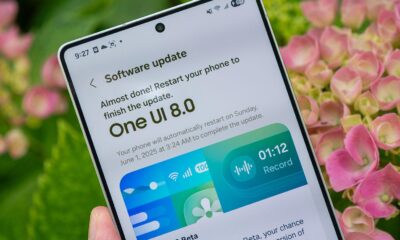
 Android2 months ago
Android2 months agoSamsung’s new One UI 8 update coming to Galaxy S24 and S23
-
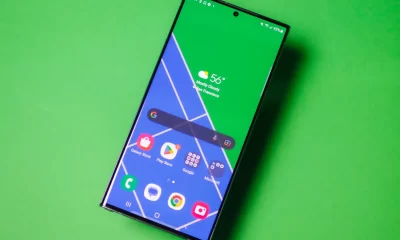
 News1 month ago
News1 month agoSamsung Galaxy S23 camera struggles after One UI 7 update
-

 Android2 months ago
Android2 months agoSamsung Galaxy S23 to see speed boost with One UI 8 update
-

 News2 months ago
News2 months agoSamsung’s new One UI 8 update brings smarter features to Galaxy phones
-

 News2 months ago
News2 months agoGalaxy S23 gets smoother animations with early One UI 8
-
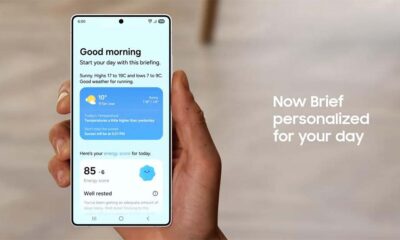
 News2 months ago
News2 months agoSamsung phones in Europe get new Now Brief feature
-
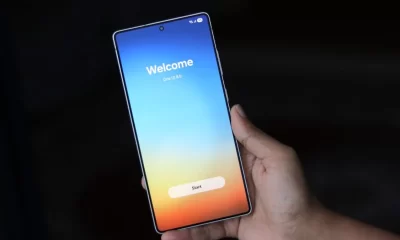
 News1 month ago
News1 month agoNew One UI 8 features for Galaxy S24 and S23 phones
-

 Android2 months ago
Android2 months agoSamsung Galaxy S25 gets stable One UI 8 update early
